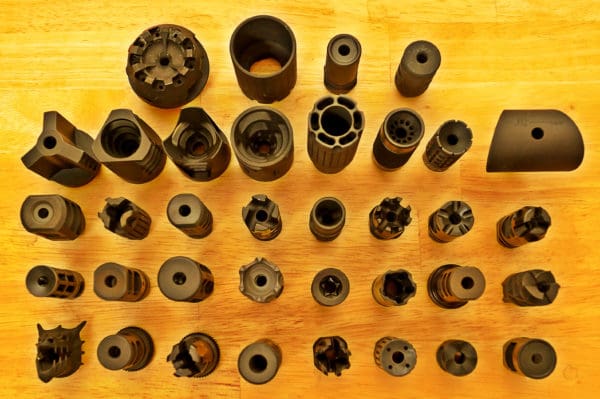I have a strike industries jcomp on my 16" middy 5.56. It's cheap and awesome. It does a great job with reducing recoil, but directs gas far enough away from you that you don't really get blasted in the face like you do with a miculek type brake. It also does reasonably well at flash reduction for what it is.

5.56 Muzzle Brake / Comp / Flash Hider Shootout!
Testing 35 muzzle devices for the AR-15. A recoil-measuring test rig was created, and a recoil reduction winner has been declared! TTAG muzzle brake comparowww.thetruthaboutguns.com
Annnd here's me with it in 3gun...
View attachment 366549 View attachment 366550
Nice depth and amount of info. I went through comps, brakes, etc not too long ago. I decided against aggressive brakes for range etiquette and room clearing capabilities. I think I will go w the AFAB in the end. The flash size is also something that guy goes through very well.

